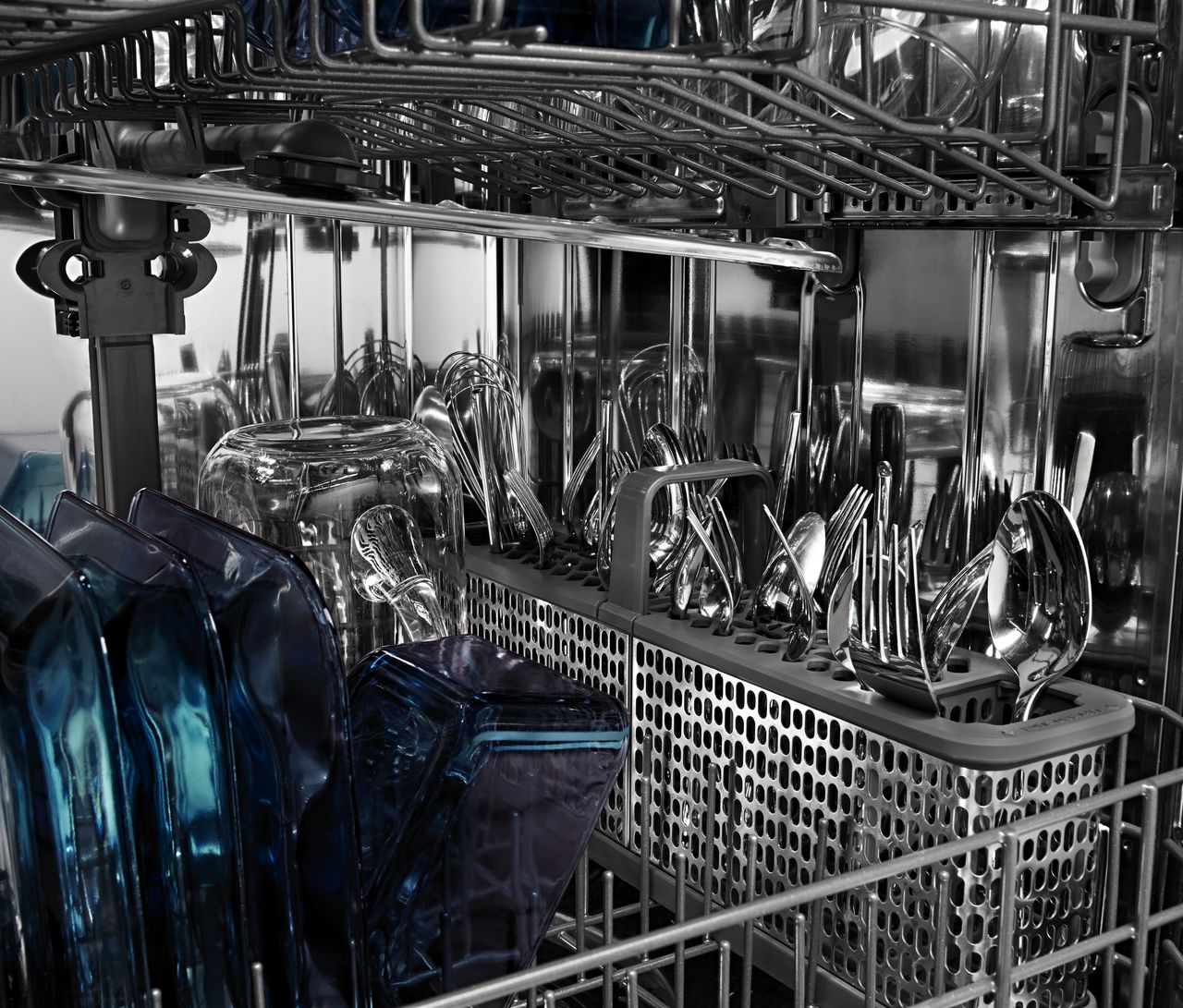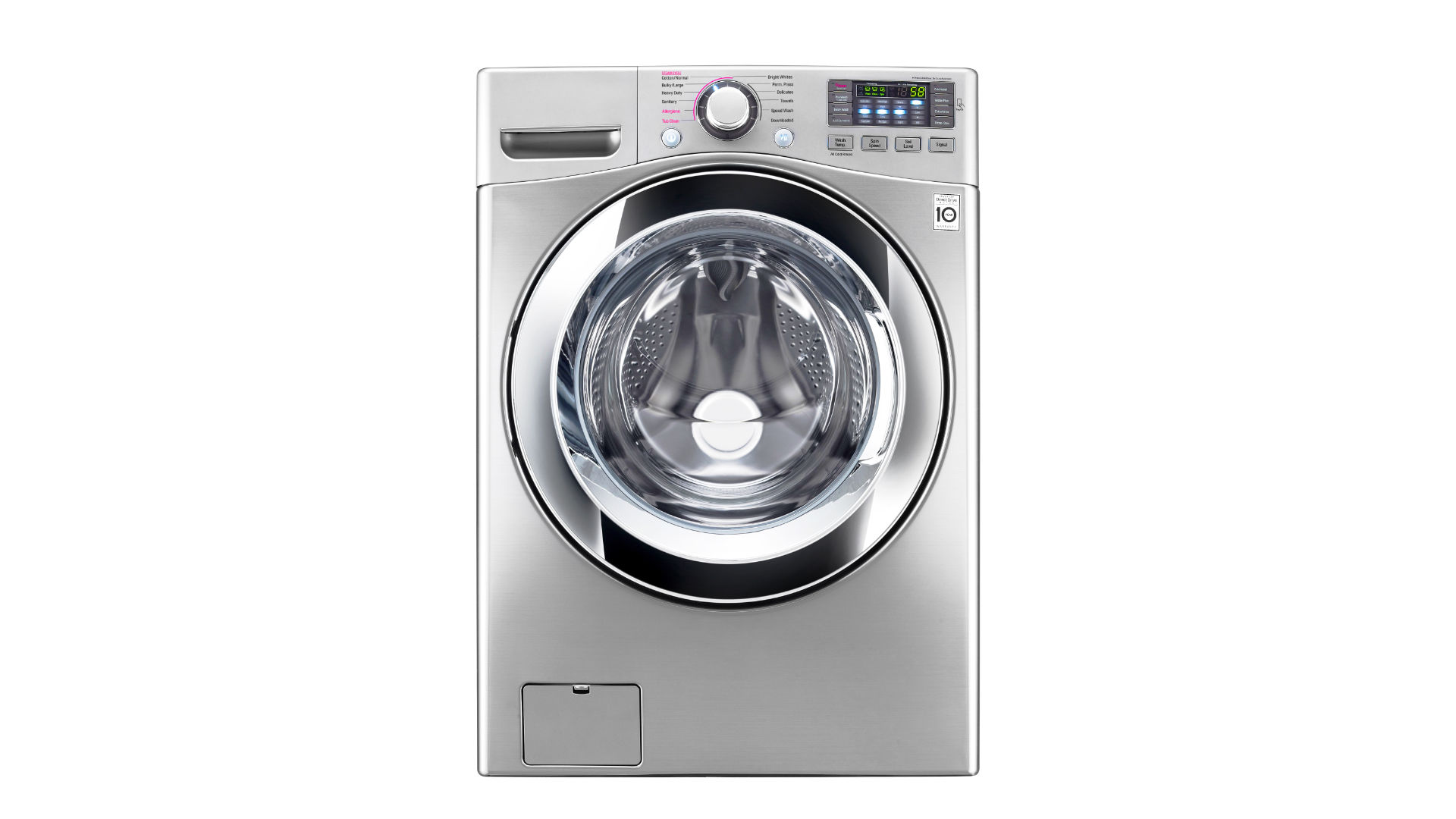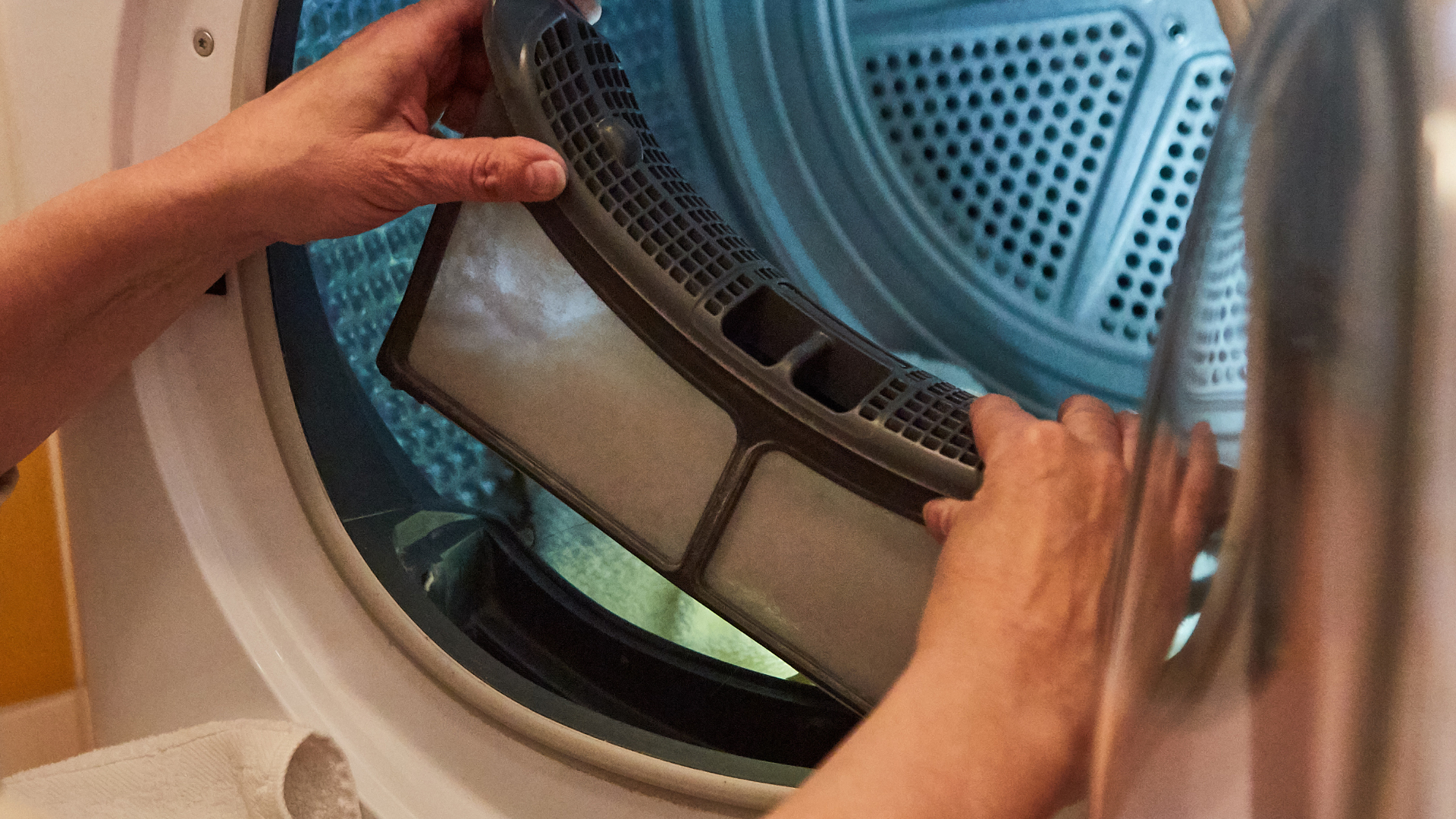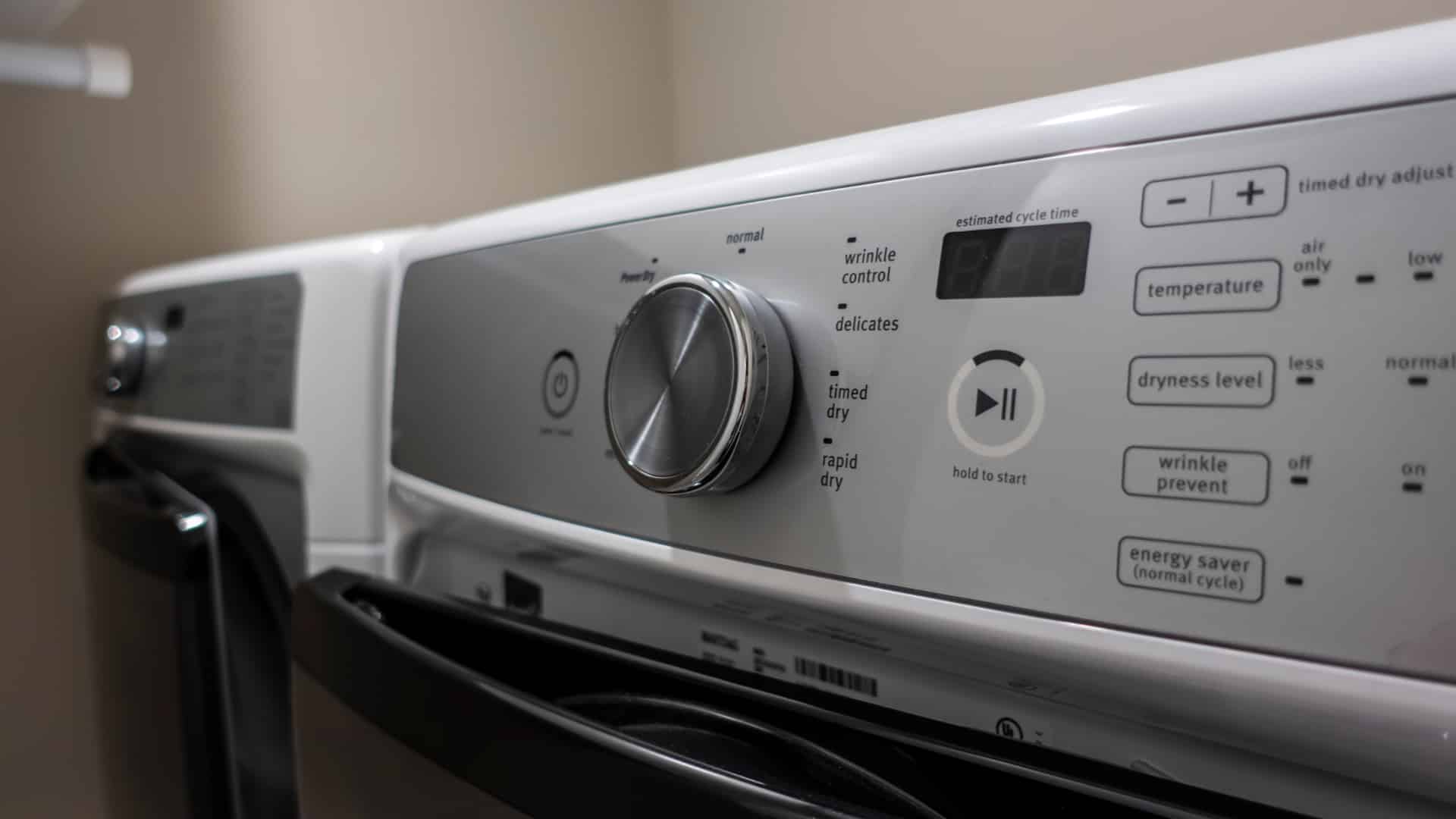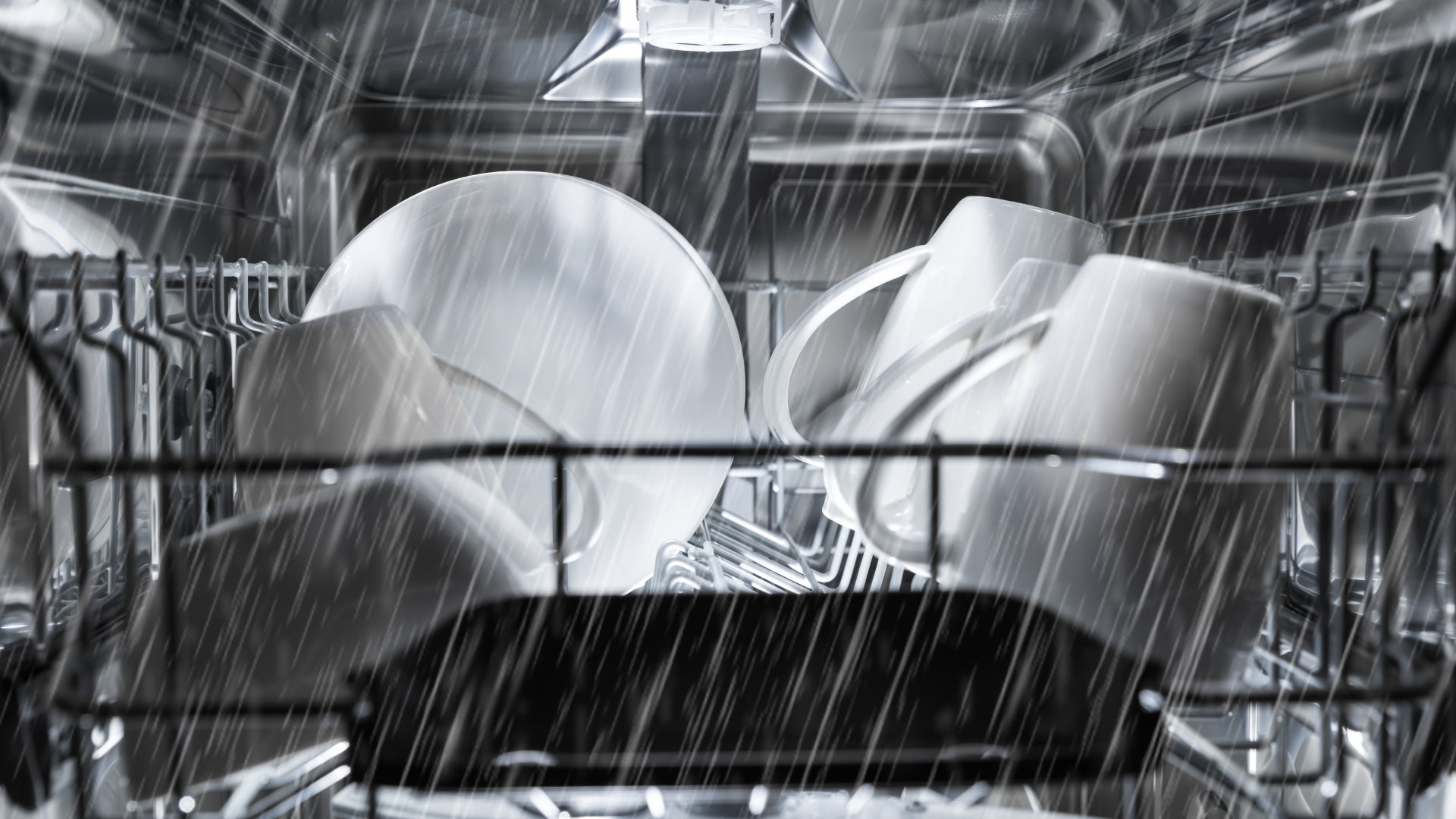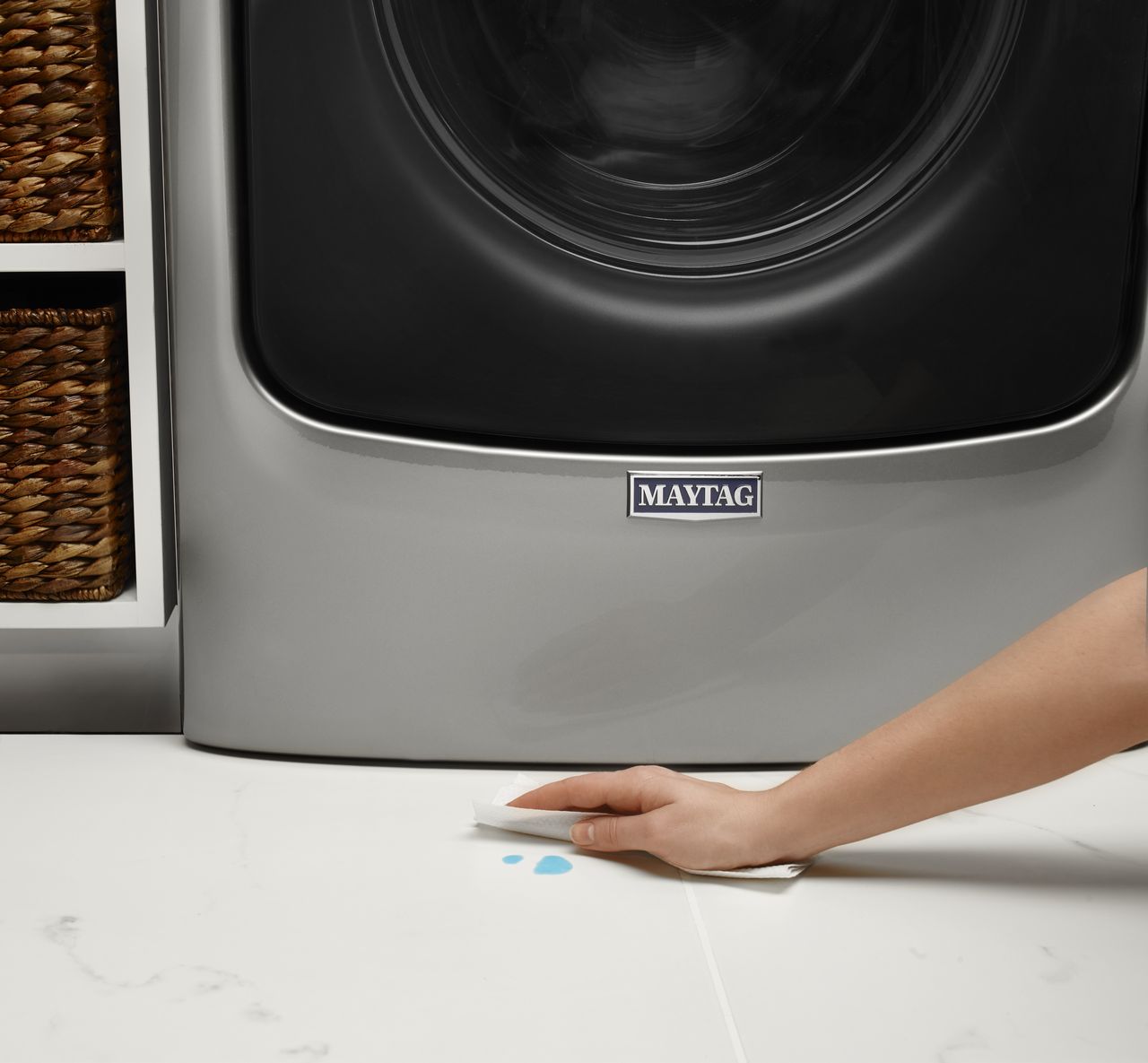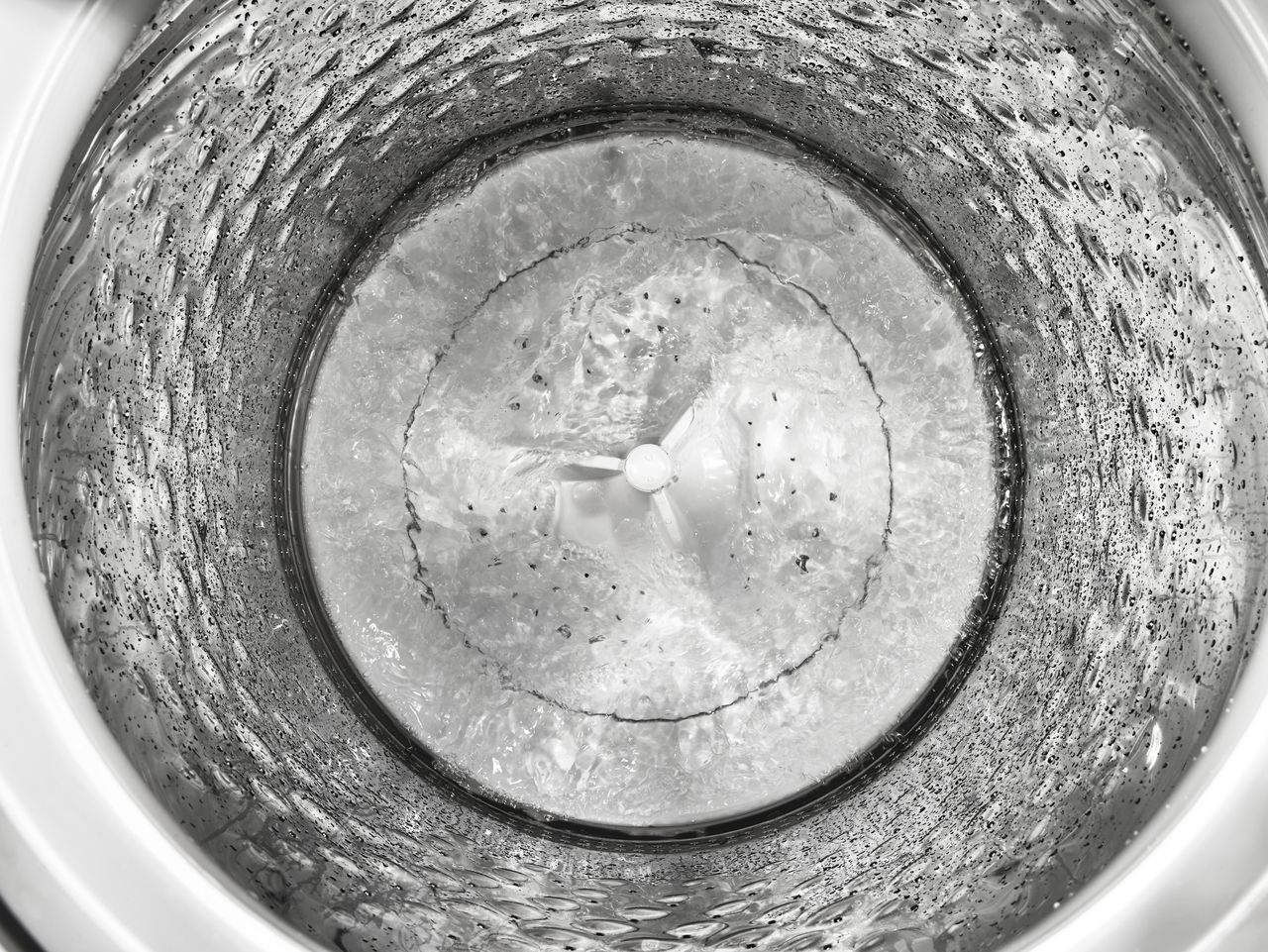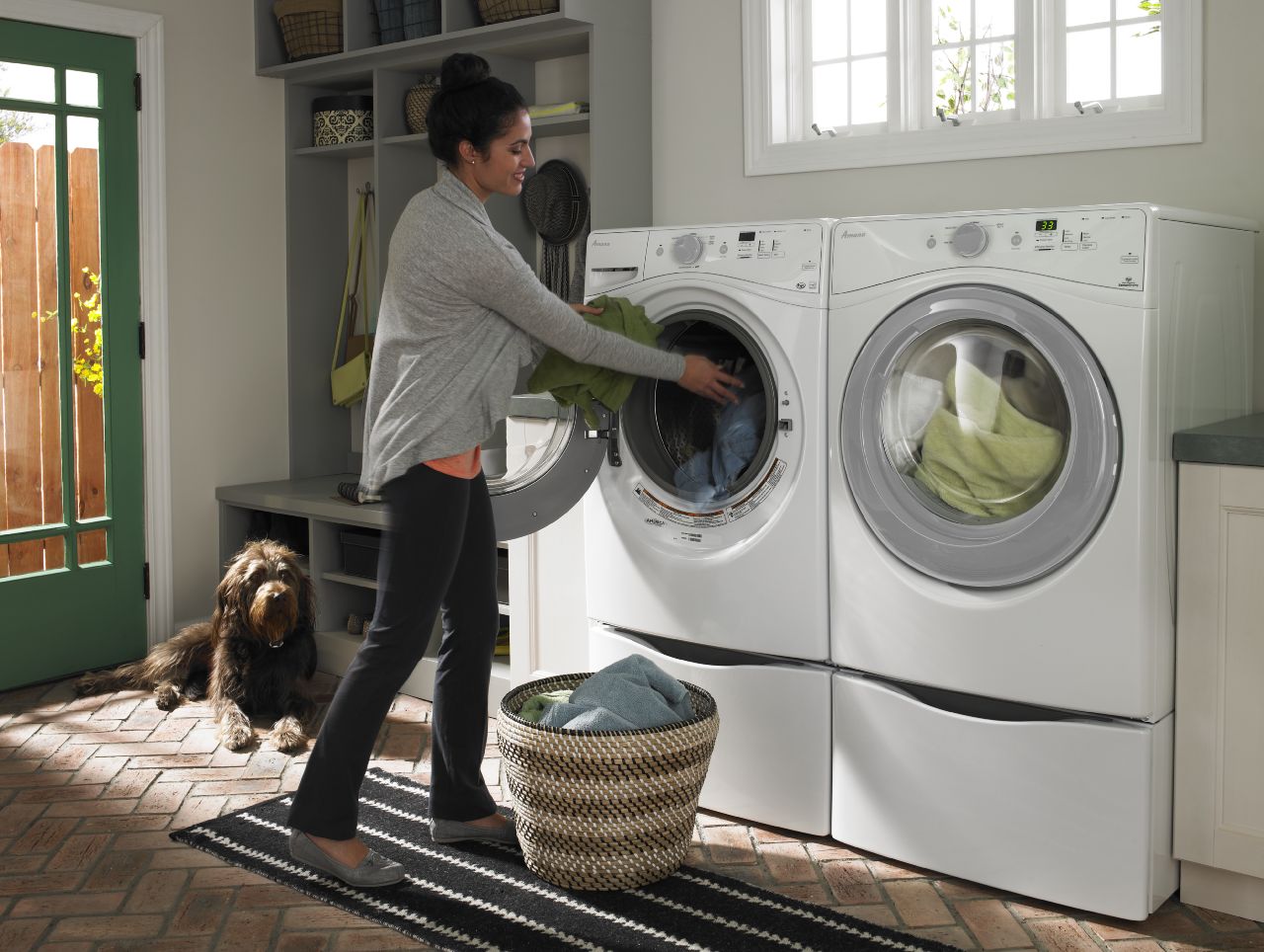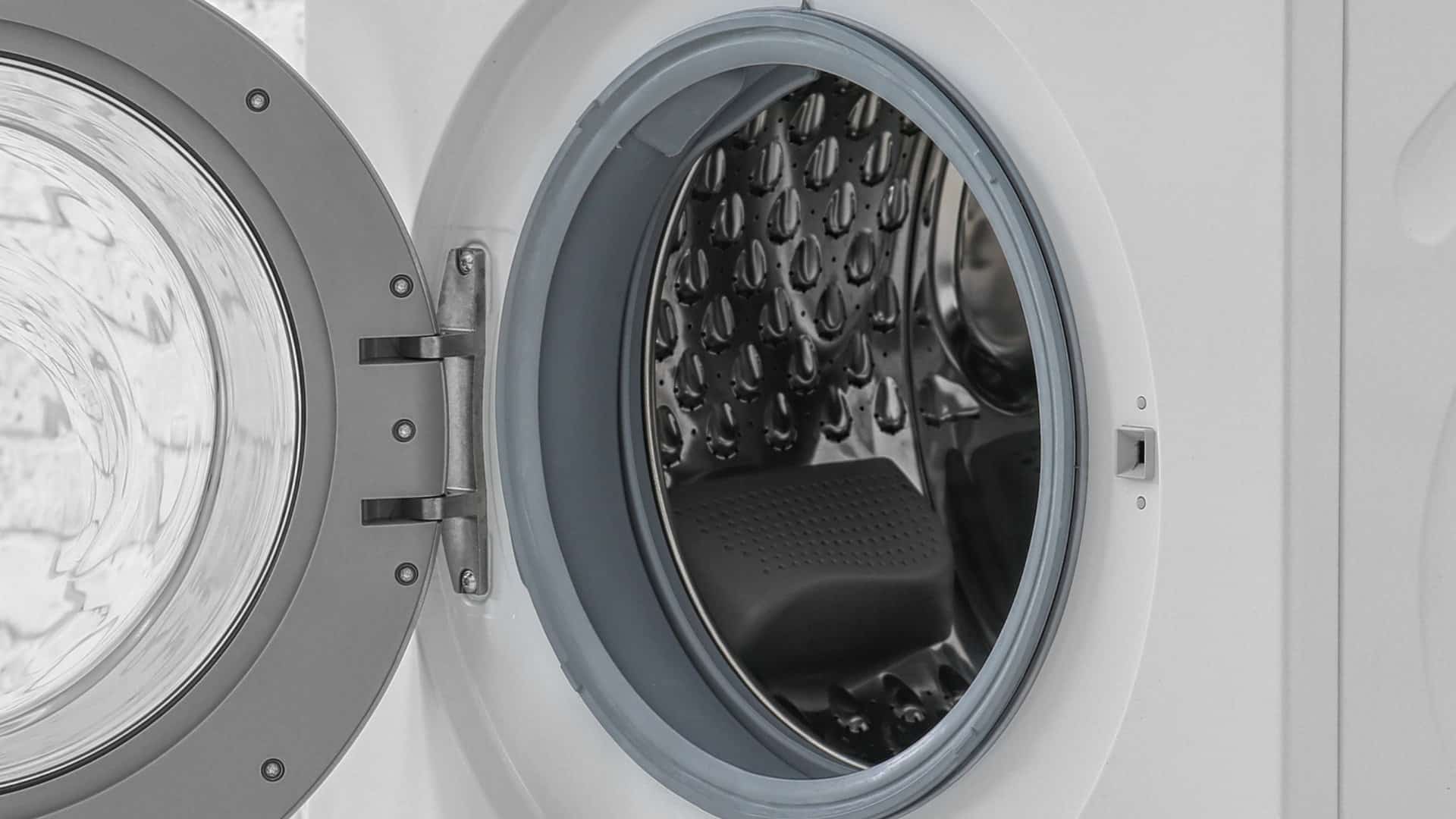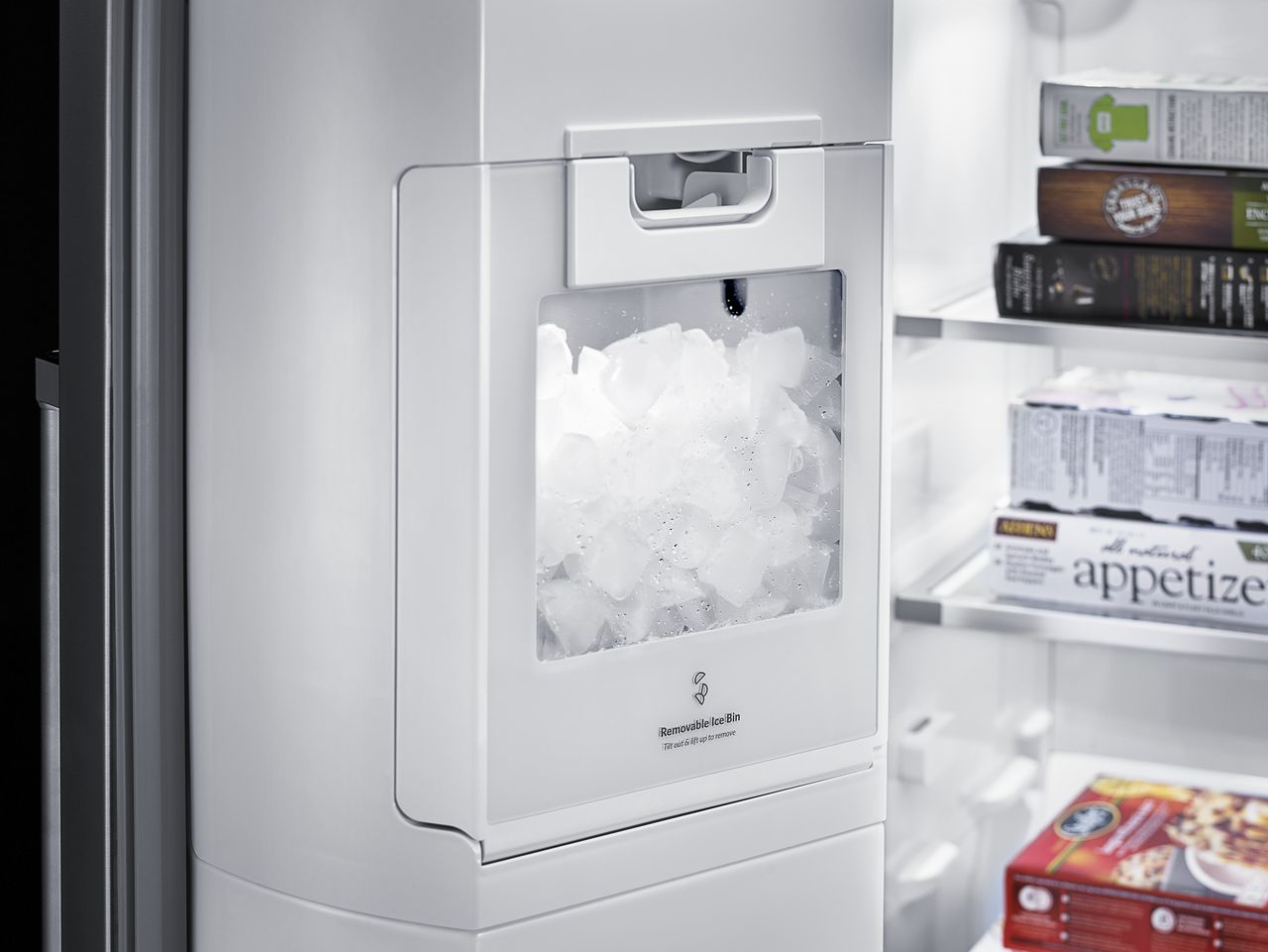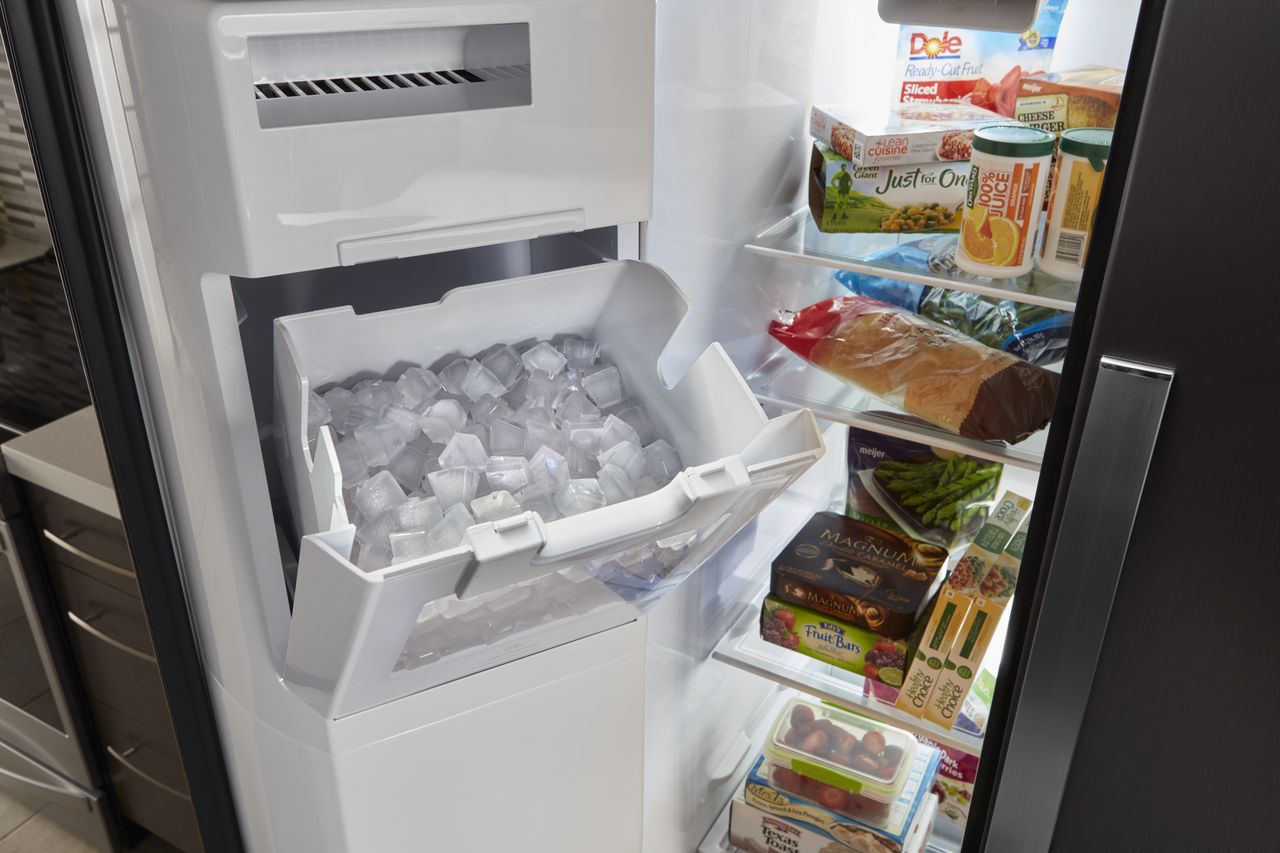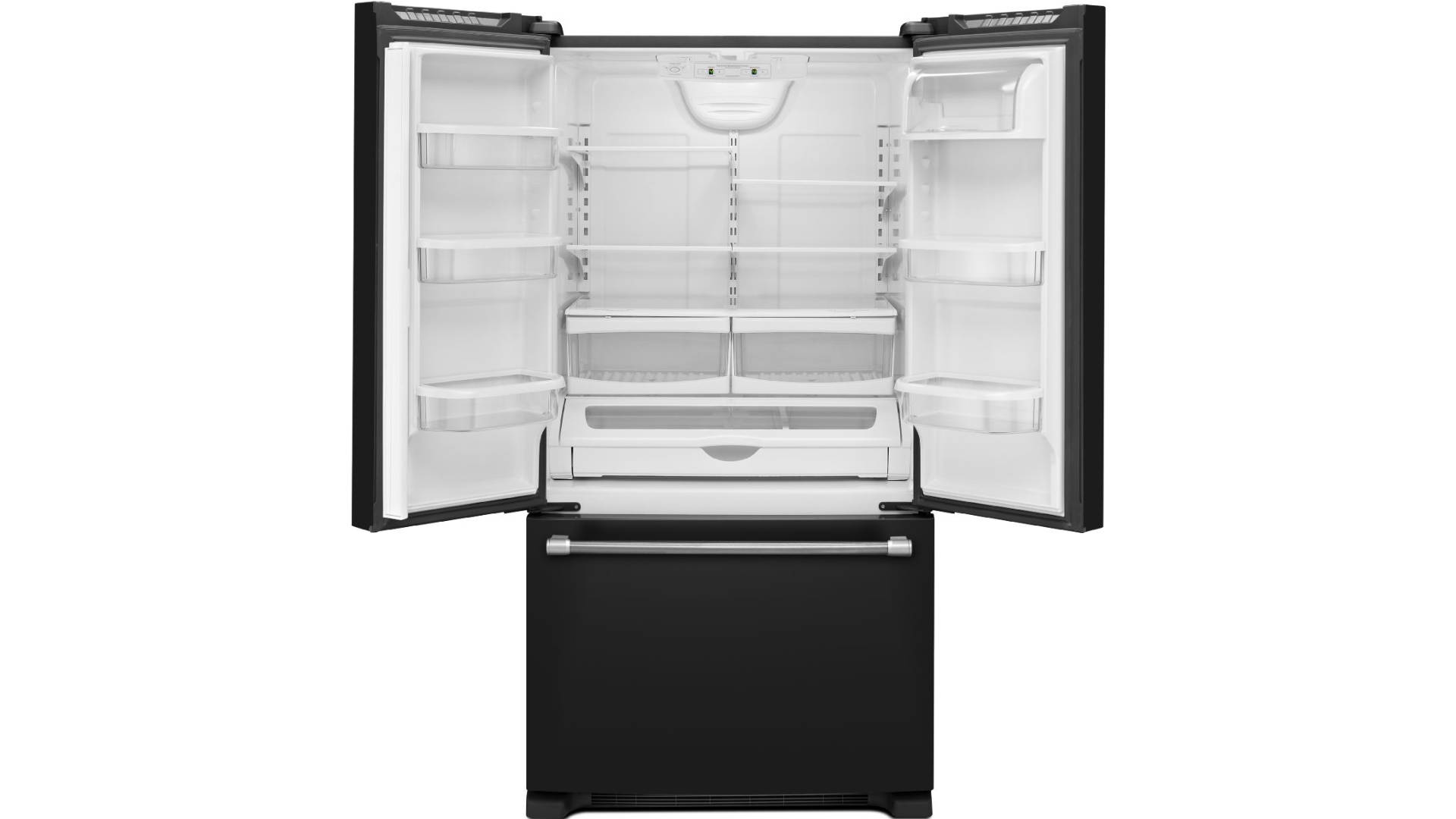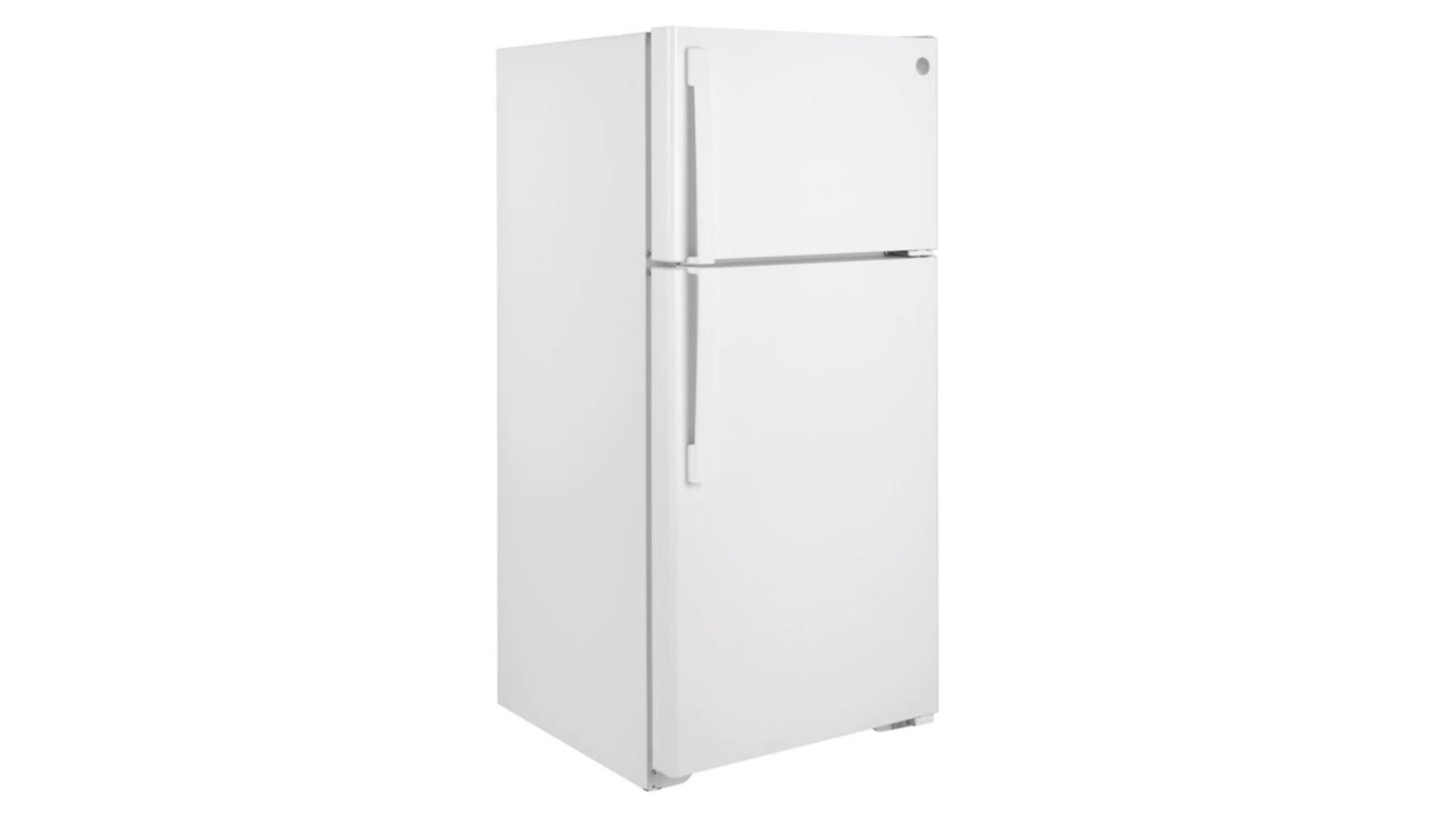If clothes are coming out of the dryer still wet or damp, you most likely have a lint blockage or a blown thermal fuse. If clearing out the lint from the lint screen and dryer vent and replacing the thermal fuse do not fix the issue, the dryer’s heating element, cycling thermostat, thermistor, or timer should be checked for faults. To check these components, you will need to check your dryer’s manual for location and access instructions. Make sure to disconnect the power or gas before removing the relevant access panels.
1. Tripped Circuit Breaker
Before checking the dryer for defective parts, make sure the dryer circuit breaker has not been tripped. An electric dryer has two 120-volt breakers, one for heating and one for power. A tripped heating circuit breaker would explain why the dryer is running but not drying.
- Check your electrical panel for tripped circuit breakers.
- Reset any tripped circuit breakers and replace any blown fuses.
2. Clogged Lint Screen
If the dryer’s lint screen is clogged, the dryer is prevented from being able to exhaust hot air from the dryer, which can cause the clothes not to dry properly. For your dryer to perform optimally, the lint screen should be cleaned after every cycle.
Follow these steps to check the lint screen:
- Take out the lint screen, and wash it in the sink with soap and warm water.
- While the screen is drying, use a vacuum attachment to get into the slot the lint screen goes into.
- For a more thorough clean, unscrewing and/or unclamping the panel surrounding the lint screen will provide better access. Make sure to disconnect the dryer from the power and turn off the gas (if applicable) before proceeding.
3. Ventilation Blockage
Even with a lint screen, lint can still enter the dryer’s vent and prevent the dryer from drying. To check for a ventilation blockage, you will need to access and clean out the dryer vent at the back of the dryer. If you can access the outside vent, you can test if the ventilation is working by checking for a warm, consistent airflow.
Follow these steps to check the dryer ventilation:
- Disconnect the dryer from the power source. If you have a gas dryer, turn off the gas.
- Take out the ventilation hose by removing the metal tape, unscrewing or unclipping it from the dryer. Removing the panel surrounding the ventilation area may provide better access to this area.
- Purchase a ventilation cleaning kit or use a vacuum attachment to clean the area.
- Reattach the hose to the dryer, making sure it is not scrunched up so that air can flow through the hose.
4. Blown Thermal Fuse
One of the most common causes of a dryer not heating is a blown thermal fuse. The thermal fuse is a safety device designed to prevent your dryer from catching fire. With newer models, if the dryer temperature exceeds a certain level, the thermal fuse will blow, and the dryer stops working. On older models, the dryer may continue to work but without producing heat. If the thermal fuse has blown, it cannot be fixed and will need to be replaced.
Follow these steps to check the thermal fuse:
- Disconnect the dryer from the power source. If you have a gas dryer, turn off the gas.
- Locate and access the thermal fuse. With most dryers, the thermal fuse is located close to the dryer’s exhaust vent.
- Use a multimeter to test the thermal fuse for continuity (a continuous electrical path). If the thermal fuse does not have continuity, it will need to be replaced.
Make sure to identify what caused the thermal fuse to blow to prevent the fuse from blowing again. A buildup of lint is often the cause.
5. A Broken Heating Element
If the above checks have failed to fix the problem, the dryer’s heating element may be defective. The coils in the heating element are often damaged due to natural wear and tear or lint blockages.
Follow the steps below to check and replace the heating element.
- Unplug the dryer from the power source. If you have a gas dryer, turn off the gas.
- Locate and access the heating element. The heating element is usually located either behind the dryer drum inside the dryer cabinet or behind a panel on the back of the dryer. On most models, a metal housing will surround the heating coils and hold the heating element leads.
- Use a multimeter to test the heating element for continuity. If the heating element fails the multimeter test, it will need to be replaced. Finding breaks in the coils will also confirm the heating element is at fault.
- Remove the faulty heating element and replace it with a new one. Take photos to remember where the wires go.
6. Faulty Thermostat or Thermistor
The cycling thermostat and thermistor are responsible for regulating and overseeing the temperature inside the dryer. If one of these components is defective, the dryer will struggle or fail to properly dry. With most models, the thermostat and thermistor are located close to the blower housing or heating element.
Follow these steps to check the thermostat and thermistor:
- Locate and access the cycling thermostat and thermistor.
- Locate the thermostat leads and use a multimeter to test for continuity.
- Next to the thermostat, you should find the thermistor.
- Repeat the multimeter test on the thermistor.
- If either of these components fails the multimeter test, replacing the part should fix the heating problem.
- Take photos before removing the part to assist in replacing it.
7. A Faulty Timer
If your dryer uses a mechanical timer, the timer not moving to the next cycle could be preventing the dryer from drying. In some models, while the timer is stuck, the heat may keep running until it becomes too hot, which trips the thermal fuse. In other models, a faulty timer may stop heat from being released. Depending on the type of timer, the timer can usually be tested with a multimeter for continuity. If the timer is defective, it will need to be replaced to fix the drying issue.
Follow these steps to check the timer with a multimeter:
- Unplug the dryer from the power source. If you have a gas dryer, turn off the gas.
- Remove the relevant access panel to locate the timer near the control panel.
- Locate the small timer motor and perform a multimeter continuity test.
- If the timer fails the continuity test, replace the timer or the timer motor.

